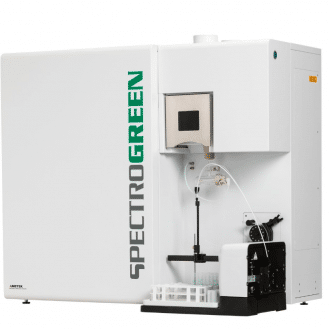Which 3D scanner you choose will depend on several factors. Here are the main criteria to consider when choosing the 3D scanner that best suits your needs:
Precision level: You need to identify the precision you require for your measurements. Some applications require very high precision, while others can make do with less. Opt for a high-precision 3D scanner.
Size and type of objects to be scanned: Determine the size and complexity of the objects you wish to scan. Some scanners are suitable for small, finely structured objects, while others are designed to scan large structures. If you’re working with large parts, choose a suitable 3D scanner.
Scanning speed: Evaluate the speed at which you need to scan your objects. Some scanners are faster than others, which can be crucial in high-speed production environments.
Surface type: Make sure the 3D scanner you choose is suitable for the surfaces you want to measure (reflective, dark, smooth, rough, etc.).
Type of material: Some scanners have difficulty with certain types of material. Make sure the scanner you choose works well with the materials you will be scanning.
Type of scanning technology: There are different types of 3D scanners (structured light scanners, laser scanners, photogrammetric scanners).
Portability: If you’re working on several sites or in hard-to-reach places, you’ll want a 3D scanner that’s portable and easy to carry.
Software: Check that the 3D scanner’s data processing software is compatible with your other CAD and CAM tools, to facilitate workflow. Intuitive, powerful software is essential to fully exploit the 3D scanner’s capabilities.
Price: This can vary considerably from one model to another.















